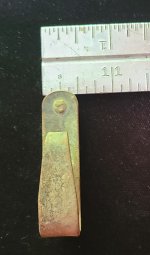veryoldrockhunter
Greenie
- Jan 28, 2012
- 18
- 0
- Primary Interest:
- Other
I got started in the hobby of hunting arrowheads with other hunters that only believe in finding PERFECT Flint-knapped arrowheads.
I have been made fun of many times for bringing home "rocks" that were NOTHING!
I happen to have a fairly high IQ--maybe nothing to brag about but enough to KNOW that what I have found IS truley stone-age tools.
Of course, I have some that are just "May Be Tools" and could be just rocks that through the forces of nature look like tools. However most of the ones that i call stone-age tools are just that.
are there any of you on this forum that specializes in the pre-knapped tools and that can recognize the real thing.
I have a few absolutely FABULOUS items that I would like to share them by showing them but I get tired of getting ridiculed by the PRISSY type hunters that accepts nothing as real that is not in perfect symetry with artistic value.
Also, I would like to know how is the best way to find out the geniune value of these tools as I am living on a fixed income--very low--and would like to sell some of them.
Billy Dean Ward
I have been made fun of many times for bringing home "rocks" that were NOTHING!
I happen to have a fairly high IQ--maybe nothing to brag about but enough to KNOW that what I have found IS truley stone-age tools.
Of course, I have some that are just "May Be Tools" and could be just rocks that through the forces of nature look like tools. However most of the ones that i call stone-age tools are just that.
are there any of you on this forum that specializes in the pre-knapped tools and that can recognize the real thing.
I have a few absolutely FABULOUS items that I would like to share them by showing them but I get tired of getting ridiculed by the PRISSY type hunters that accepts nothing as real that is not in perfect symetry with artistic value.
Also, I would like to know how is the best way to find out the geniune value of these tools as I am living on a fixed income--very low--and would like to sell some of them.
Billy Dean Ward
Amazon Forum Fav 👍
Upvote
0



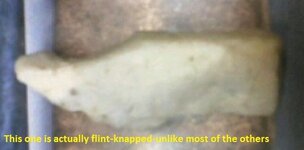
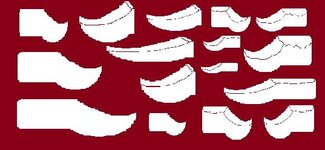

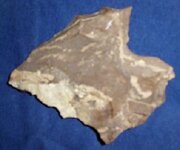
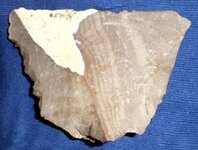
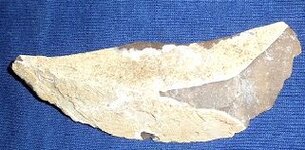
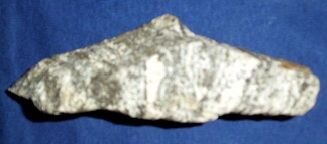
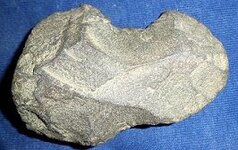
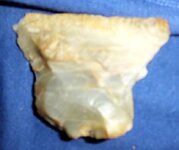
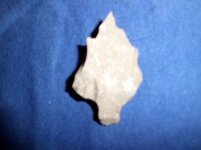
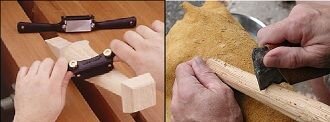



 But, all joking aside, I can relate to that. I often find questionable artifacts. I usually have done a great deal of research/groundwork and if it's known to me that there's artifacts around, I will then decipher their origin/purpose in my own head. I personally don't care what other people think. My collection is personal. I'll never sell it and I'll never buy from someone elses collection. That's mostly because I know the authenticity of a piece first hand and know exactly where it was found.
But, all joking aside, I can relate to that. I often find questionable artifacts. I usually have done a great deal of research/groundwork and if it's known to me that there's artifacts around, I will then decipher their origin/purpose in my own head. I personally don't care what other people think. My collection is personal. I'll never sell it and I'll never buy from someone elses collection. That's mostly because I know the authenticity of a piece first hand and know exactly where it was found.

